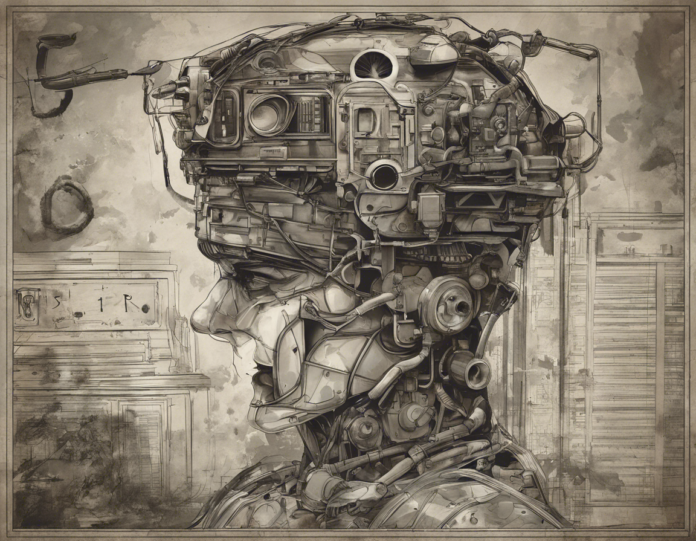Introduction
Cultural heritage is a powerful force that connects us to our past, shapes our present identity, and lays the foundation for our future. It encompasses tangible artifacts like buildings, monuments, and artworks, as well as intangible elements such as traditions, languages, and customs. When we delve into our cultural heritage, we embark on a journey of discovery that evokes deep emotions and a profound sense of belonging. In this blog post, we will explore the concept of cultural heritage through the lens of deep nostalgia – examining the ways in which our ancestral roots shape who we are and how we can preserve and celebrate these invaluable aspects of our collective identity.
The Significance of Cultural Heritage
Cultural heritage is more than just a collection of historical artifacts; it is a living expression of our shared experiences, values, and aspirations. Our cultural heritage serves as a bridge between the past, present, and future, allowing us to trace the threads of history that have shaped our societies and cultures. By preserving and promoting our cultural heritage, we honor the sacrifices and achievements of those who came before us and ensure that future generations can learn from and be inspired by our collective legacy.
Deep Nostalgia and Cultural Heritage
Deep nostalgia refers to the intense emotional connection we feel when we engage with our cultural heritage. Whether we are visiting a historic site, participating in a traditional ceremony, or listening to ancient stories passed down through generations, deep nostalgia transports us to a different time and place, allowing us to experience the richness and diversity of our cultural identities in a profound and meaningful way. Our cultural heritage provides us with a sense of continuity and belonging, reminding us of the enduring values and traditions that have shaped our communities for centuries.
Preserving Cultural Heritage in the Digital Age
In an increasingly globalized and digital world, the preservation of cultural heritage faces new challenges and opportunities. Digital technologies offer powerful tools for documenting, archiving, and sharing our cultural heritage with a global audience. Virtual reality, augmented reality, and 3D scanning technologies allow us to explore historic sites and artifacts in immersive ways, while online platforms and databases make it easier to access and research cultural heritage from anywhere in the world.
Challenges and Solutions
Despite these technological advancements, the preservation of cultural heritage remains a complex and multifaceted task. Rapid urbanization, climate change, armed conflicts, and natural disasters pose significant threats to cultural heritage sites and artifacts, putting them at risk of destruction or irreversible damage. To address these challenges, governments, organizations, and communities must work together to develop sustainable conservation strategies, promote cultural awareness and education, and engage with local communities to ensure the long-term protection and preservation of our cultural heritage for future generations.
Frequently Asked Questions (FAQs)
1. What is the difference between tangible and intangible cultural heritage?
Tangible cultural heritage refers to physical artifacts like buildings, monuments, and artworks, while intangible cultural heritage encompasses traditions, languages, customs, and oral histories that are passed down through generations.
2. How can I get involved in preserving cultural heritage in my community?
You can volunteer at local museums, historical societies, or preservation organizations, participate in heritage conservation projects, support cultural events and initiatives, and educate others about the importance of preserving our shared cultural heritage.
3. Why is it important to preserve cultural heritage for future generations?
Preserving cultural heritage helps us understand the past, appreciate the richness and diversity of our cultural identities, build stronger communities, and inspire future generations to learn from and respect our collective legacy.
4. How can digital technologies help in the preservation of cultural heritage?
Digital technologies like virtual reality, augmented reality, 3D scanning, and online databases provide innovative ways to document, archive, and share cultural heritage with a global audience, making it more accessible and engaging for people around the world.
5. What are some of the biggest challenges facing the preservation of cultural heritage today?
Rapid urbanization, climate change, armed conflicts, natural disasters, lack of funding and resources, and inadequate conservation policies are some of the major challenges that threaten the preservation of cultural heritage sites and artifacts in the modern world.



